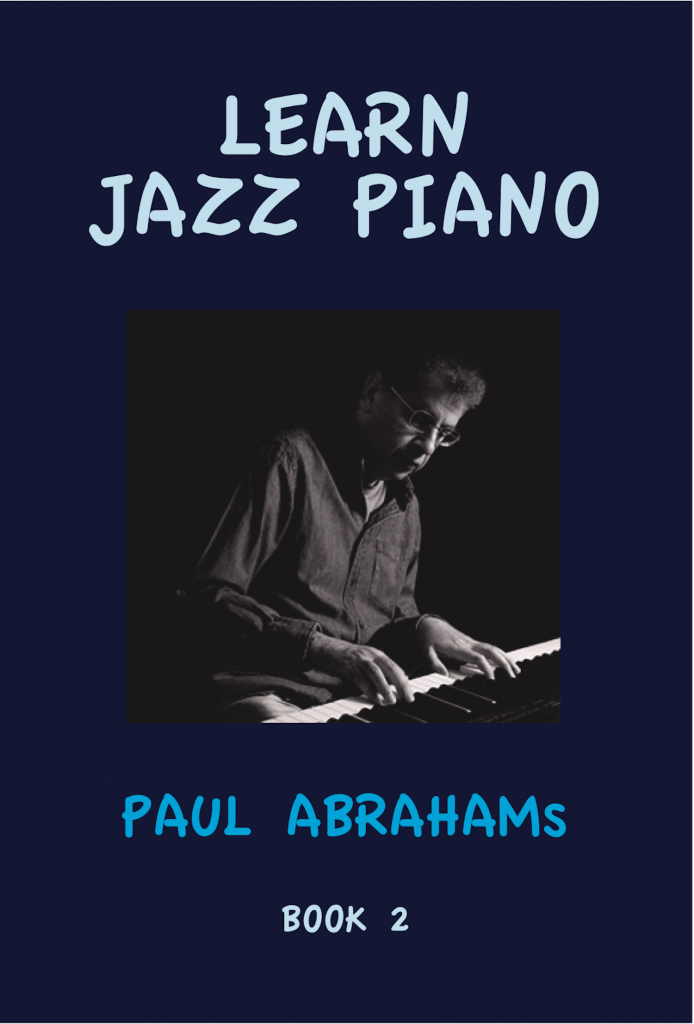jazz piano eBook 2
I’m working my way through jazz piano eBook 2 and should have it ready by the Summer. It will include rootless voicings, diminished theory, tritone substitution, block chords, rhythm changes and advanced blues structures
Introduction to jazz piano eBook 2
An imagined Q&A
Q Surely, playing jazz piano is all about instinct and invention. How can I freely express myself with a head full of theory?
A Errol Garner is just one instance of a jazz master who, apparently, couldn’t read music. However, unless you are a genius, you need more than just good instinct when learning jazz. As for a clear head, the way forward is to put in the work until the theory becomes second nature. Then stop thinking.
Q Can I get by with just a sound knowledge of each chord and its extensions?
A Yes, to a certain extent; a good deal of the excitement of jazz comes from the concept of moving from tension to release. This is created by the dominant 7 chord moving to its tonic: V – I: the perfect cadence. All the tension is contained in this V7 chord and we create this tension with notes known as extensions and alterations. These are notes not within the chord.
There are three extensions: 9, 11 and 13. When we flatten or sharpen these extensions, they become alterations. The four alterations are b9, #9, #11 and b13. By combining these extensions and alterations with the basic notes of a dominant 7 chord, we create the tension that will release into the tonic chord.
Q Is it helpful to recognise the scale and mode that relates to each chord? For example, if I play G Mixolydian over G7, it will include 9 and 11. Is this useful?
A Yes, very useful, and to create more tension you could try other scales such as the diminished, whole tone or Lydian Dominant. But always keep in mind that the sole use of this approach results in the unmusical sound of running up and down scales rather than playing anything creative.
The reality is that you need to combine knowledge of the chord’s extensions and alterations, together with the scales and modes that fit the chord. Yes, this involves a lot of work that needs to become second nature before ‘instinct’ kicks in.
Believe me, I’m not belittling instinct. Indeed, the only time I feel I’m playing a decent solo is when I’m not thinking. The last thing I want to be doing is consciously going for a diminished scale or #9. In the same way, when speaking, I’m not thinking about letters of the alphabet; I’ve done that work.
For people that say jazz is self-indulgent, they ought to know how much work and preparation masters like Coltrane, Bill Evans and Sonny Rollins put in before they used instinct.

